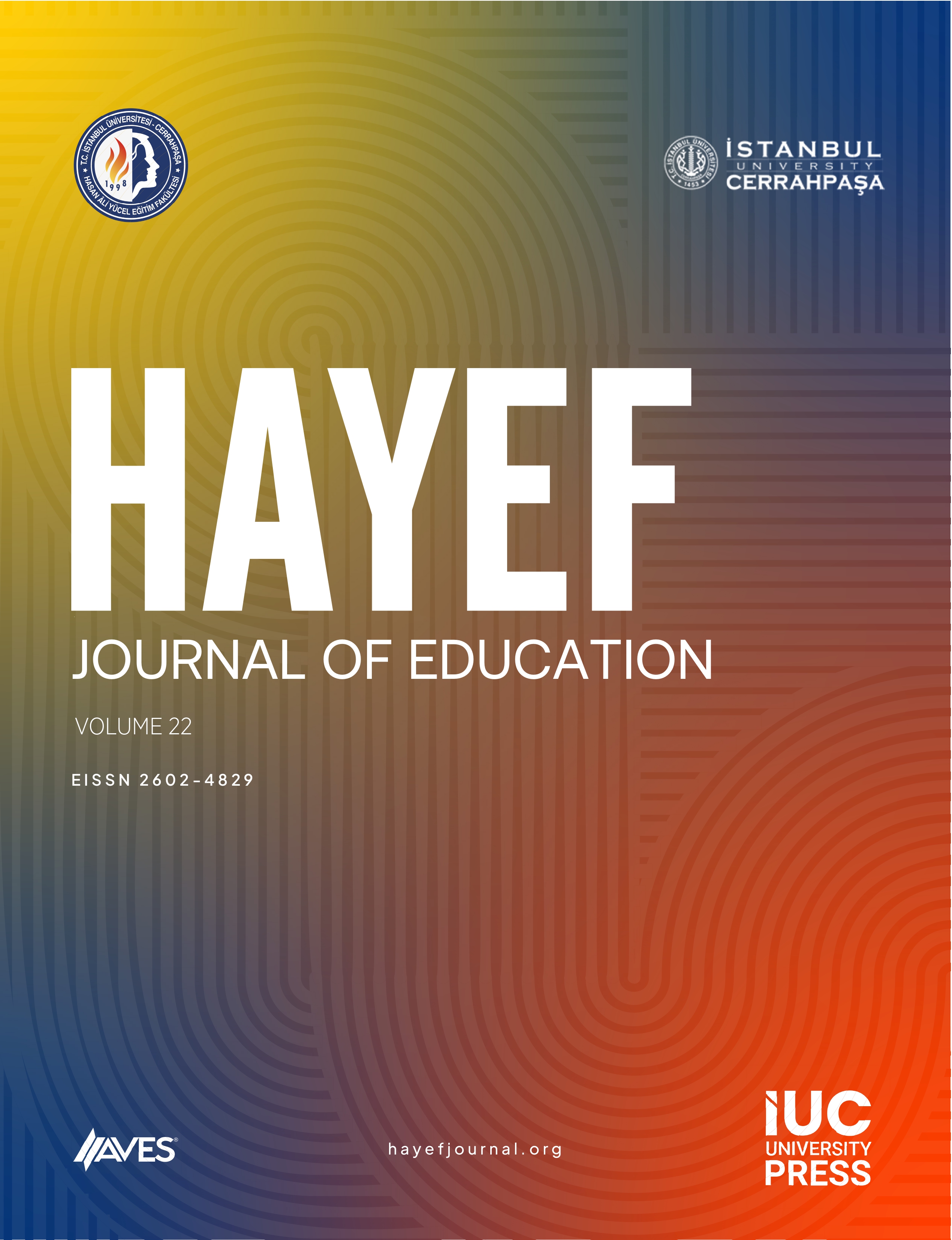The aim of this study is to examine how childhood injuries are handled in Life Science textbooks and how it is distributed according to grade levels and units and to reveal which types of injuries (voluntary-intentional and involuntary-unintentional) are involved and with what approach and under which topics these injuries are handled. In this study, Life Science textbooks approved by the Ministry of National Education Board of Education and Discipline and used in primary school first to third grades in the 2021–2022 academic year were chosen as the data source of the research. Textbooks were analyzed by the document analysis method. The results show that childhood injuries are less discussed as grade level increases and provide clear evidence for each grade level. Accordingly, childhood injuries are handled at most at the first-grade level and at most in the Safe Life unit at all grade levels. In addition, childhood injuries were handled with two different approaches such as preventive and intervening in the Life Science textbooks, and preventive expressions were given more place. Involuntary-unintentional injuries constituted the most frequently handled injury type at each grade level. Injuries were grouped under the topics of natural disasters, traffic, near environment, peer relationships, and health, and they were discussed in the context of “Close Circle” at most and “Peer Relationships” at least.
Cite this article as: Dağ, N., & Taneri, A. (2022). Examination of life science textbooks in terms of childhood injuries. HAYEF: Journal of Education, 19(3), 189-194.



